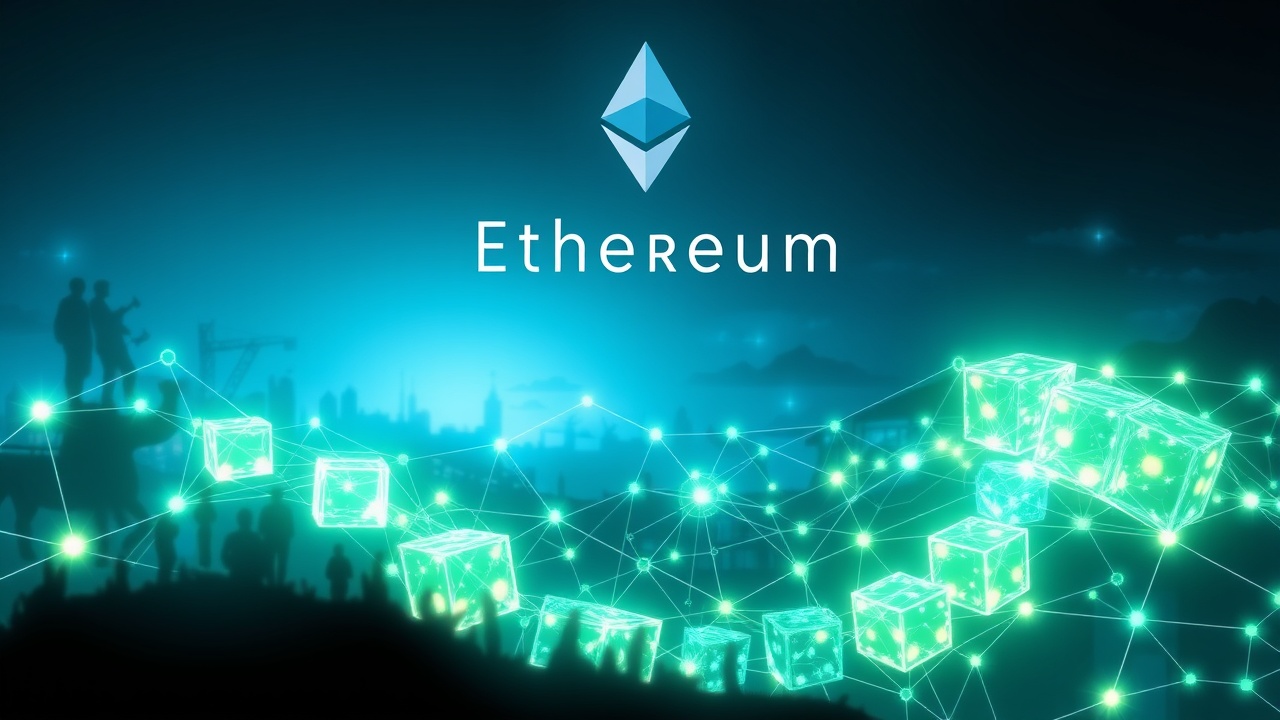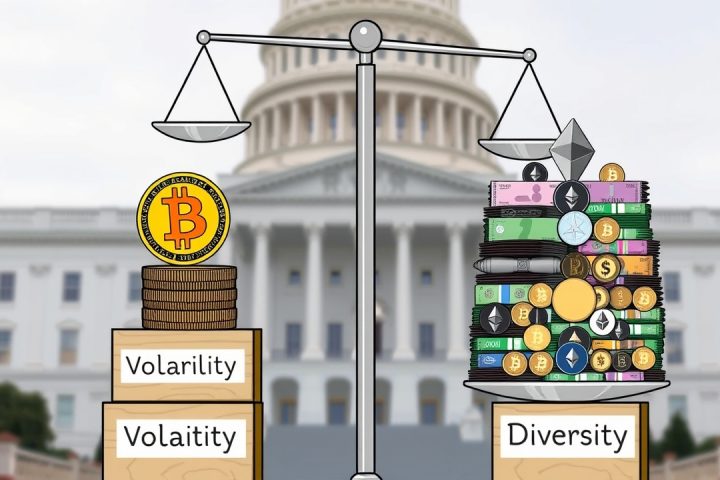Understanding Ethereum Beyond Cryptocurrency
When the term “Ethereum” arises, many think immediately of cryptocurrency metrics and fluctuating values. However, this view overlooks the more expansive role Ethereum is playing as a decentralized framework for Web3—the next generation of the internet. Rather than being merely a digital currency like the dollar, Ethereum functions as a collective global computer, pushing forward a new paradigm in online interaction.
Smart Contracts: Redefining Agreements
At the core of Ethereum’s groundbreaking capabilities are smart contracts, which redefine how agreements are executed in the digital sphere. Unlike traditional contracts that require legal systems and courts for enforcement, smart contracts are self-executing codes stored on the Ethereum blockchain. They activate automatically once predefined conditions are fulfilled. For example, a purchaser might receive a digital artwork without requiring an intermediary; ownership transfers immediately when payment is confirmed, all governed by the code itself.
This automation fosters a trustless environment, crucial for the growth of Web3, where intricate contracts and applications operate securely and transparently without central oversight.
Decentralized Finance (DeFi) and Beyond
A standout application of Ethereum’s smart contract abilities is in decentralized finance, often abbreviated as DeFi. This ecosystem provides a vast range of financial services that eliminate the need for traditional banking systems. Users can lend, borrow, and trade assets while operating independently of banks and enjoying a continuous, around-the-clock financial marketplace. By staking Ether (ETH), participants can earn rewards and contribute to the security functionality of the Ethereum network.
Innovation and Community Development
Ethereum’s design prioritizes the capability to innovate and build. Owing to its open-source structure and comprehensive resources, a diverse global community of developers has emerged. Utilizing the versatile programming language Solidity, they craft decentralized applications (dapps) that touch on various fields including gaming, social networking, and logistics. This underlying technology is also what sparked the NFT revolution, giving artists new avenues for monetization and establishing ownership of digital assets. The Ethereum network serves as a continuously expanding public ledger that safeguards the integrity of these applications—once established, their regulations remain immutable.
Addressing Challenges and Future Prospects
Critiques regarding early blockchain technologies often center on issues of scalability and energy use. However, the Ethereum community is actively addressing these challenges through a concerted effort towards ongoing upgrades aimed at enhancing scalability, security, and environmental sustainability. This proactive approach highlights Ethereum’s dynamic nature as it evolves to meet the needs of its users and rectifies its prior limitations, thereby securing its status as the foundation of Web3 for the long haul.
The True Significance of Ethereum
While many news reports center on fluctuations in Ethereum’s price—which has reached heights of nearly $5,000 and boasts a market capitalization in the hundreds of billions—its real significance lies in the thriving ecosystem it supports. Ethereum acts as a resilient and censorship-proof platform for computation, forming the digital groundwork from which numerous other tokens, applications, and financial structures can develop and prosper. This, in essence, is Ethereum’s most crucial contribution to the digital economy.




